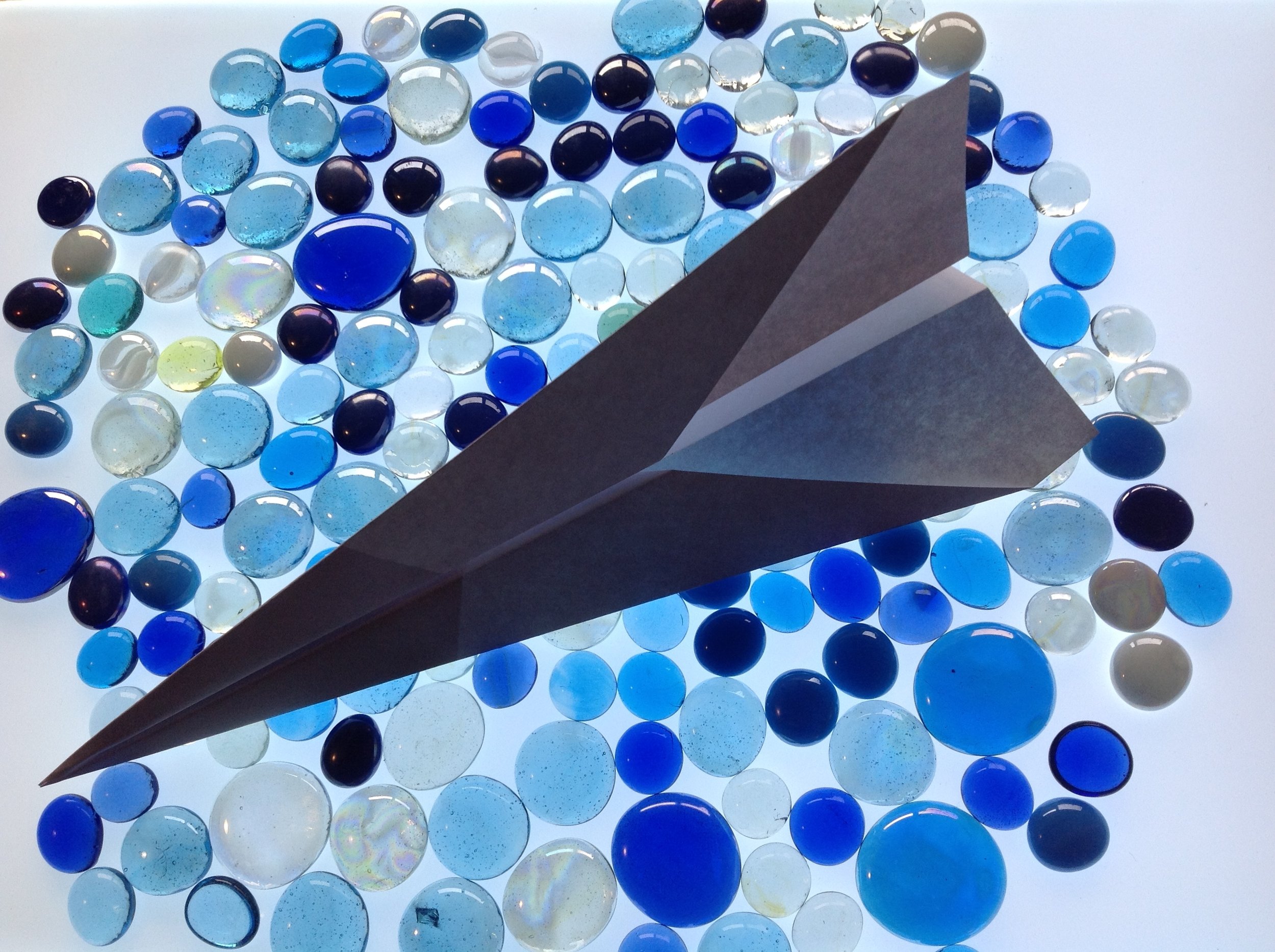Taking Flight
/Today, the children created paper airplanes. The work started with two children making a classic dart plane with a pointed nose and angled wings. The work progressed into more intricate designs that featured wings of all shapes and sizes.
Intrigued by the original designs, other children joined the work. Each child built a plane and performed a test flight. After each test flight, the children adjusted the wings and body of the plane to see if the flight changed compared to the first test. The work inspired many conversations among the children as they shared the unique characteristics of each plane design.
Many children prefer to engage in an activity by first watching another child. The children who originate an activity often mentor other children. The connection formed through a common goal brings the children together. This type of cooperation is what builds trust and community within a school. Each group project is about finding common ground and creating relationships.
While children's work may look simple to the observer, it is complex and deep. The children are trying to figure out the work's nuances and forge social connections. Making paper airplanes is not about paper and planes. It is about community, helping others, and enjoying play that offers much more.
The children asked if we could revisit the paper airplane building the next day. I asked if they wanted to make the same planes as before or learn how to make new planes. The children said, "both." Other children showed interest in making planes, so they joined the project.
Peers often inspire other children to try activities they feel are too complex or may not enjoy. Peers support and encourage each other to be part of the learning community.
We started by creating two planes utilizing designs from the day before. The aircraft did not perform as expected. This challenge invited us to work together on a solution. First, we adjusted the wings, made other adjustments, then performed new test flights. Our adjustments improved the flight of the two planes.
Next, the group wanted to make a new plane. Together we shared design ideas. We talked about new and more difficult folding techniques. After some discussion, we all agreed on a plane design and began the building process.
The directions for the new plane were not very clear. A trial-and-error group effort was necessary to create the first plane. The aircraft did not stay aloft; one child said, "This plane is only for looks. It does not even fly." We all laughed at how the plane hit the ground like a lead balloon. The group moved forward to find a different plane design. We chose a complicated plane that featured multiple folds. We worked together, so the paper folds were easier to understand and complete. The new plane flew much better than the first and pleased the children. They delighted at the amount of loft the plane carried during flight.
The children are open to helping each other when faced with a challenge. When the children sense another child has a real need, they always step in and help because they can relate to the experience of not knowing. The children know what it feels like to be unsure of themselves.
The children grew tired of folding planes and started flying them. Paper plane play lasted for the rest of the day. Children enjoyed running, throwing, and talking about the different designs. The children continued to experiment with wing angles to achieve more flight time.
Paper planes are a classic activity for children. Paper planes have come a long way in design, from classic dart to modern craft. What has not changed is the connection the children create around an activity they love. Planes have been around since I was a child and will be a staple of school-age programs in the future. It is incredible how a simple sheet of paper full of possibilities can bring people together in the learning community.


